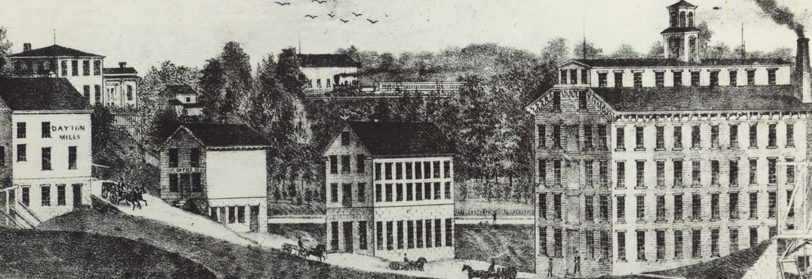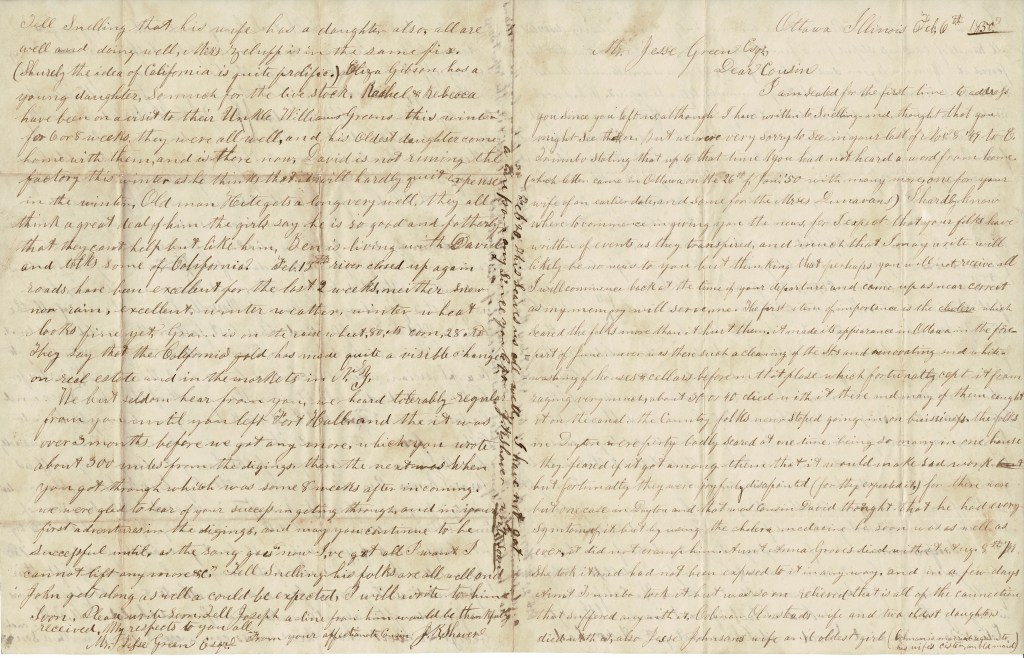THE “TIME OF THE BIG SNOW”
Sixty five Years Ago Great Suffering Was Caused by the “Beautiful”
Old settlers who were little boys and girls in the winter of 1830-’31 tell of the “big snow” with as great emphasis as does the old time Irishman of the “big wind” that is popularly, though erroneously, supposed to have assisted St. Patrick to “shoo” the snakes and frogs off Irish soil. An old settler says of the “time of the big snow:’
“About Christmas time, 1830, and continuing at short intervals from that date until late in January following, a snow storm raged in Central and Northern Illinois which the settlers called the “Deep Snow.” No such snow had fallen before that time within the memory of the white settlers and no such snow has fallen since. It formed an epoch in the history of Illinois, and men were accustomed to refer to it as fixing the time for occurrences which took place long afterward. Old settlers even now occasionally refer to it. The snow began falling after noon on the day before Christmas. Prior to that time it had rained for a considerable time, and the ground was saturated with moisture. The corn had little of it been gathered; the cattle and hogs had until that time managed to get most of their feed in the woods. The corn meal, then the chief food of the settlers, was getting low, but not low enough to cause any particular uneasiness. Fuel was plenty in the woods but little was at the houses. The settlers, accustomed to the open winters of preceding years, saw nothing to cause alarm, either in their exposed condition, or in the lack of fuel and provisions.
“The storm continued with slight intermission until it was, on a level, about three feet deep all through this part of the country.
“After a few days of snow, the rain fell enough to wet the top of the snow, which then froze, forming a crust which was strong enough to bear up a wolf or a dog, but was not strong enough to bear up a horse, and in places was not strong enough to bear up a man. The deer were unable to run on the snow, as their sharp hoofs would cut through and the animal would then be wallowing helplessly in three feet of snow, unable to get out. The consequence was the wolves destroyed multitudes of them. The deer were almost all of them exterminated in that way. Perhaps the worst consequences were felt by the early settlers. Their corn was not much of it harvested, and it was impossible to harvest it then, or at least, not enough could be harvested to feed cattle or hogs.
“A man could by hard work gather enough to feed himself and family, but the question of supplying any fire wood, to cook or keep warm, became serious.”1
- The Ottawa Free Trader, December 27, 1895, p. 3, col. 3









